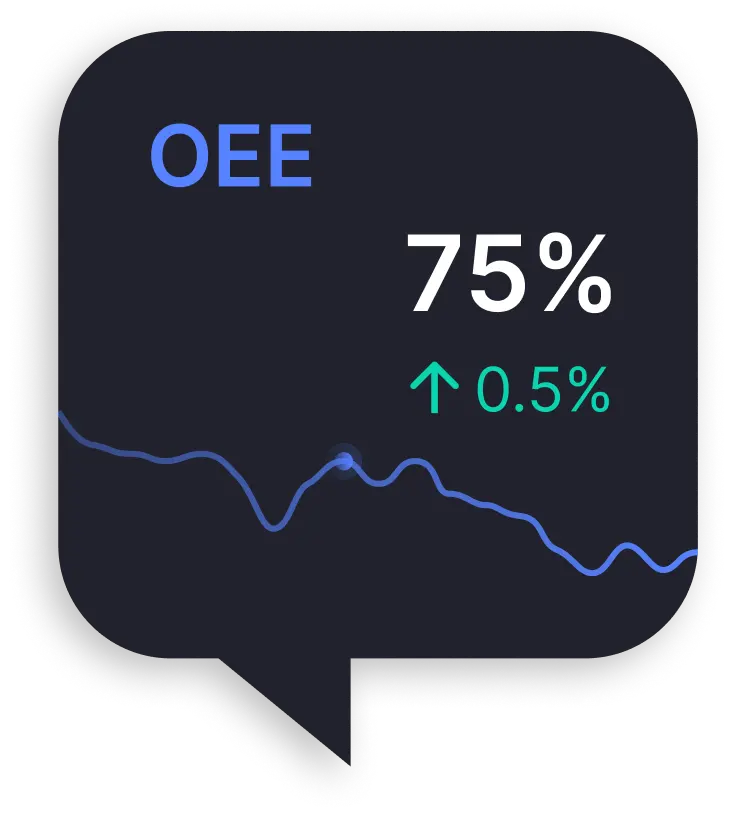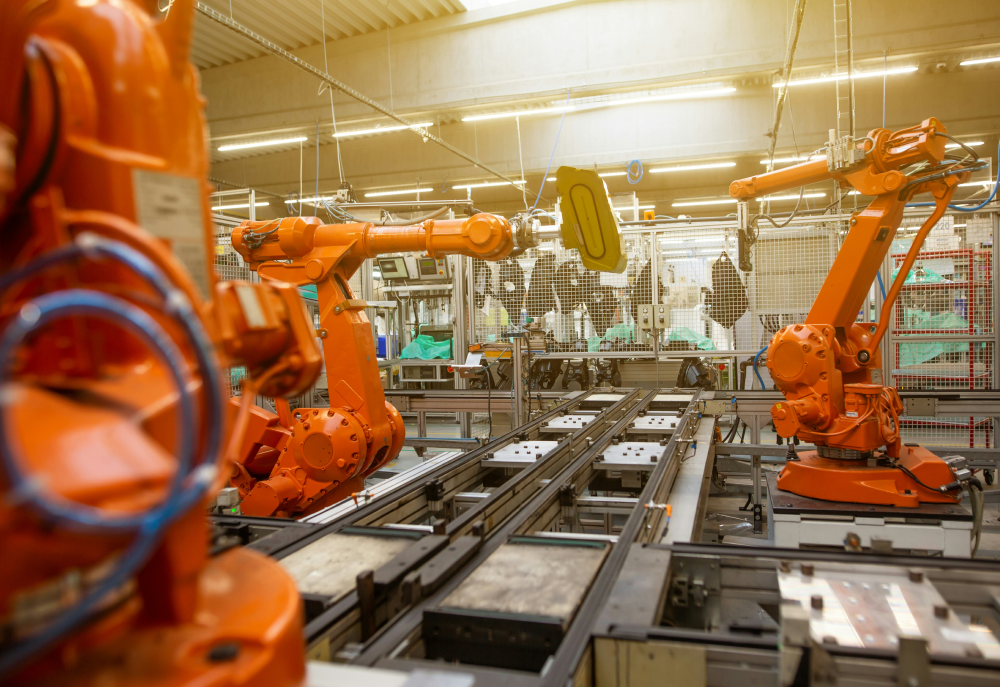Why Is Real-Time OEE Getting So Much Attention in the Industrial World?
If you work in industrial management, you already know that improving shop floor efficiency is not just an advantage – it’s a competitive necessity. Among the many available metrics, Overall Equipment Effectiveness (OEE) stands out as one of the most powerful. Now, imagine this indicator operating in real time, integrated with IIoT technologies and intelligent automation.
This combination enables fast, accurate, data-driven decisions – essential for companies seeking to boost productivity, reduce losses, and gain greater control over their processes.
In this article, we’ll show you how to implement real-time OEE in your operation and the tangible benefits it can deliver.
1. Real-Time OEE Is More Than Just a Number
Traditional OEE measures equipment efficiency based on three factors: availability, performance, and quality. But the real game-changer comes when this data is no longer only analysed at the end of a shift or day, but monitored continuously in real time.
With IIoT devices and visual dashboards updated by the second, production managers gain full visibility of the shop floor. This means knowing immediately where losses, stoppages or faults occur – and taking action right away, before they become major issues.
For example, if a machine experiences a performance drop, the system can automatically alert the team. This enables quick contingency actions such as tool changes or setup adjustments, minimising impact on production.
2. Practical Benefits: From Visual Management to Predictive Maintenance
Monitoring OEE in real time goes far beyond “watching a number”. It’s a critical step in building a data-driven culture of continuous improvement. Let’s look at some of the real-world operational gains:
Visual management and faster response times on the prodution line
With dashboards displayed on shop floor screens or accessible via mobile devices, operators know exactly how their production lines are performing. This boosts team engagement and creates a sense of accountability. What’s more, responses to issues become almost immediate, eliminating hours of diagnosis and improvisation.
Predictive maintenance and assured quality
With historical data and automated analysis, it’s possible to identify failure patterns and trigger predictive maintenance plans. This prevents mechanical issues from disrupting production or affecting product quality. The direct result? Less rework, less waste, and greater confidence in the process.
3. Planning and Optimization: How OEE Connects Strategic Areas
Real-time OEE monitoring isn’t just for operations—it supports strategic areas like financial planning, supply chain management, and even industrial HR.
Data-driven planning
With accurate, up-to-date information, it’s much easier to project capacity, calculate actual costs, and make strategic decisions with confidence. This directly supports financial management and resource planning.
Integration with quality and productivity management
By cross-referencing OEE data with quality inspection and productivity indicators, companies can identify root causes more effectively. This enables swift corrective actions and promotes shorter cycles of continuous improvement.
4. Why Haven’t All Factories Adopted Real-Time OEE Yet?
Despite its clear advantages, many companies still face barriers to adopting real-time OEE. One of the main challenges is integrating legacy equipment with modern digital systems.
That’s why it’s essential to invest in flexible platforms that can connect with a wide range of equipment and systems – including older industrial machines. This is where IIoT-based solutions come in: highly compatible and designed to modernise your shop floor gradually, without needing to replace existing infrastructure.
Another obstacle is cultural. In many industrial environments, there’s still resistance to digitalisation and the use of real-time KPIs. That’s why educating teams is just as important as the technology itself.
The future of industrial efficiency is already here. Technologies like machine learning and artificial intelligence are now capable of predicting failures, optimising setups, and adjusting production orders automatically based on real-time data. The concept of the autonomous factory is gaining traction, with systems making decisions based on predefined rules.
But it all starts with one essential factor: collecting reliable, actionable real-time data.
In a competitive, data-driven market, real-time OEE is no longer optional. And this is where proGrow stands out. proGrow seamlessly integrates with equipment via IoT, offering customisable dashboards, smart alerts, and modules for production monitoring, predictive maintenance, resource optimisation, and financial and operational planning.
With a focus on shop floor visibility, quality, and agility, proGrow turns data into real results.
Take the next step towards total efficiency with proGrow. Contact us today to get started!
Want to calculate your organisation’s OEE? Our calculator shows your score – give it a try!





